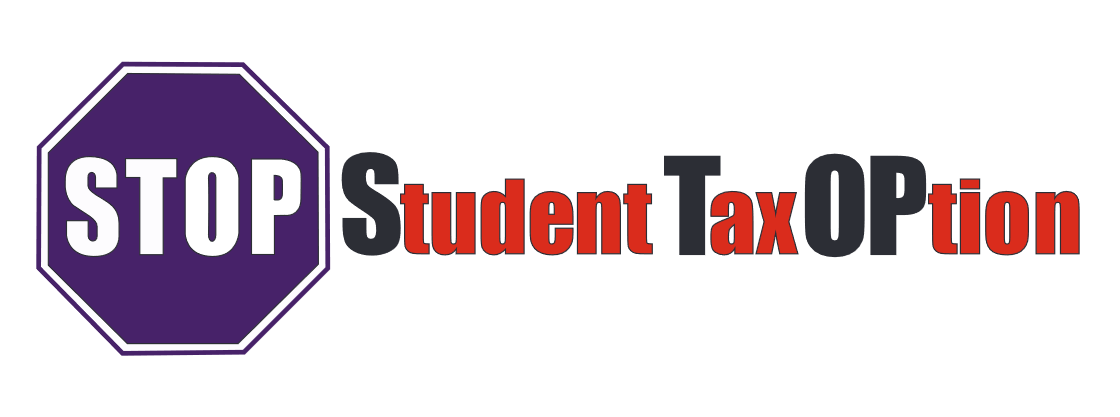You and your family may have saved for college in the form of a 529 college savings plan, but should you opt for student loans this fall instead? You may be concerned about your investment due to the recent nationwide economic downturn. The coronavirus pandemic has been detrimental to the U.S. economy, and that has included a volatile stock market.
You may be considering taking out student loans this fall to pay for your college education. For the first time in more than 15 years, federal student loan interest rates could be lower than 3% this July. The promise of a low interest rate combined with a college savings balance that has dropped significantly may make it worth it to opt for a student loan this fall. Take a look at other reasons why you should consider getting a student loan this fall.
Losing Money
A 529 is an investment, so that means your plan is going to fluctuate with the market. If the market is good, your investment looks great. If the market is on a downturn, you start to question if you have made the right decisions with your investment. Your instinct may be to take out your money as soon as possible before you lose it all, but be patient.
Usually a 529 plan will switch from aggressive investments to more conservative ones to prevent excessive loss. Try not to panic. You may want to consider taking out a federal student loan so your 529 has time to recover through continued investment. You should be able to earn enough money from your investment to negate interest accruing on the loan.
Interest-free Loans are Available
Subsidized federal loans do not charge interest while you attend school at least half the time. If you can qualify for one of these loans, you will save money. These types of loans are available to students who demonstrate financial aid, and that might not be possible for those who have a 529. Most families who contribute to 529s have a household income of at least $100,000. Look at the financial award letter from your school. It will state if you qualify for subsidized federal loans. You can estimate your eligibility with the Department of Education’s FAFSA4Caster tool if you have not received a letter yet.
Risk Versus Reward
With a sharp downturn in the market, there will eventually be an upswing that you can profit from. Your potential earnings could easily pay the 3% interest rate you might receive with federal student loans. You should pay off your student loan interest before it capitalizes or is added to your balance. That way the amount you repay will not increase.
A Non-parent 529
If your 529 is owned by a grandparent or non-custodial parent, wait to withdraw money. A withdrawal from such an account will count toward your income, which could affect your future financial aid eligibility. If you are in this situation, you may want to consider opting for loans for your first year and a half in school. Once that time is up, the person with the 529 can repay your student loans by using the 529 money.
State Tax
Earnings from your 529 account can grow and be used tax-free if the savings go toward eligible education expenses. Under the 2019 Setting Every Community Up for Retirement Enhancement Act, or SECURE Act, student loan amounts up to $10,000 are eligible to be paid with 529 savings.
Check to see if your state adheres to this federal guidance. If yours does not you, could be charged state taxes on withdrawals. Some states may also try to recapture your previous deductions for 529 contributions.
In 2018, a change was made to allow 529 funds to be used for K-12 education expenses, but California and New York did not align with the change. Research your state do determine potential penalties associated with your 529 savings account.

